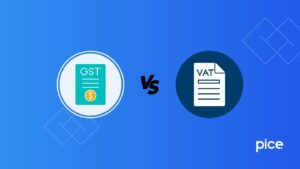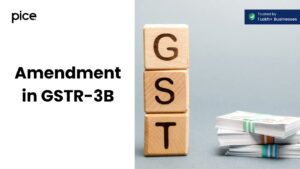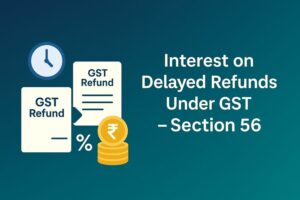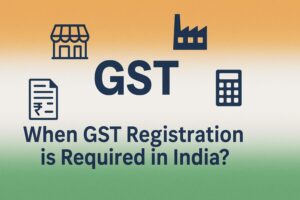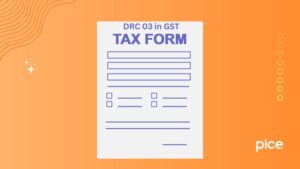GST on Personal Loans: Rates, Impact & Benefits
- 14 Nov 25
- 7 mins
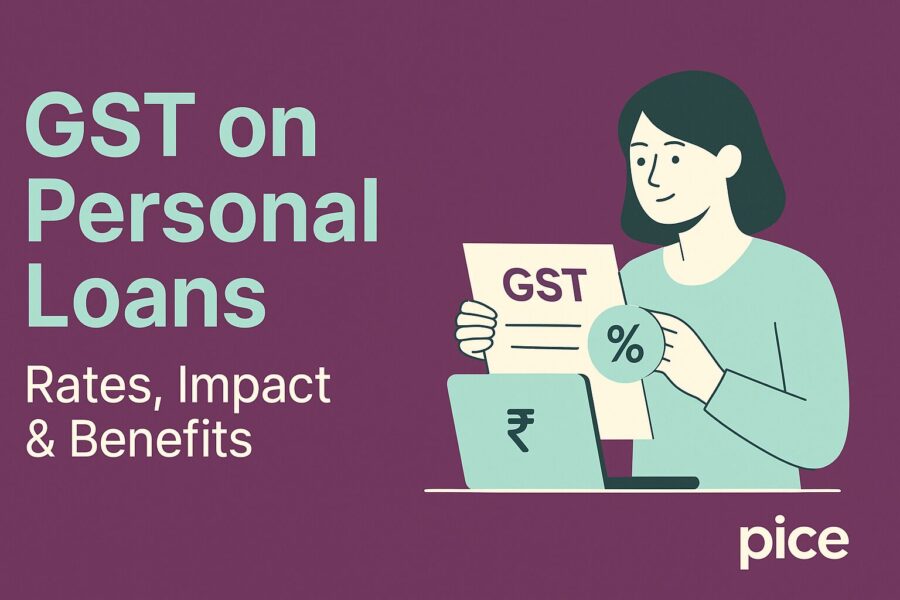
GST on Personal Loans: Rates, Impact & Benefits
Key Takeaways
- GST at 18% applies only to personal loan charges like processing fees, foreclosure charges, and penalty fees—not on interest or principal.
- Loan interest, EMI amounts, and principal repayment remain completely GST-free as they are not considered financial services.
- Borrowers indirectly pay extra due to GST on service-based charges, increasing the overall cost of taking a personal loan.
- You can reduce GST impact by negotiating fees, avoiding EMI bounces, and choosing lenders with zero prepayment charges.
- GST-registered taxpayers using personal loans for business purposes may claim Input Tax Credit (ITC) to offset GST paid.
Did you know that personal loans attract a hefty GST of 18%? While the interest rate of your loan is tax-free, additional fees like foreclosure and processing charges come with this GST burden.
However, the good news is you can reduce or even avoid this GST expense if you know certain factors. That is why it is important to explore some smart tips that will keep you safe from paying extra.
In the following blog, we will walk you through everything you need to know about GST on personal loans, along with a pro-tip at the end.
Why Does GST Apply to Personal Loans?
Personal loan is an unsecured financial aid offered by banks or digital lenders. It helps to meet various personal expenses, be it home renovation, vacation or medical emergencies. Unlike car or home loans, personal loans are collateral-free and consequently require less processing time.
Certain costs of a personal loan are incurred due to the provision of financial services by the lender. Thus, they attract 18% GST under the Central Goods and Services Tax Act, 2017. Though it is a one-time cost, it may come as an unwanted expense for those who are unaware of it.
3 Components of Personal Loan Where GST is Applied
The impact of GST on personal loans is not comprehensively applicable. It only applies to certain components of the loan amount. Take a look at the details:
- Loan Processing Fee
Every personal loan comes with processing fees. It is charged to the borrower as a cost to process the application. Since the cost is considered a financial service to seamlessly manage the loan application and payout, 18% GST applies to the entire processing cost.
- Prepayment/Foreclosure Charges
Many borrowers often foreclose or prepay the loan before the preset tenure. Then, the issuing authority can impose charges. Though it may not seem like a service, international case laws show that when a lender cannot collect interest because of early repayment, it counts as a service. Therefore, prepayment charges attract 18% GST.
3. Bounce Charges or Late Payment Fees
In case you have missed an EMI of your personal loan due to insufficient funds, your lender will impose a penalty or bounce charges. These fees are also subject to GST.
3 Components of Personal Loan Where GST is Not Applied
- Principal Amount: Repaying the principal loan amount is not a service. Hence, it is subject to zero GST.
- Interest Rates: Interestingly, the interest rates count as an agreement between the borrower and the lender, not a service. This is why there is no GST on personal loan interest.
- EMI: Principal of personal loans did not have service tax before and it does not attract GST now either. Therefore, the EMI for personal loans will not be affected by GST.
How Much GST Do You Really Pay on Personal Loan?
Suppose you have taken ₹5,00,000 as a personal loan. Your bank charges a 2.5% processing fee and 5% as foreclosure charges. Then, take a look at the total payable cost:
| Fee Type | Amount Charged | GST (18%) | Total Payable |
| Processing Fee | 12,500 | 2,250 | 14,750 |
| Foreclosure Fee | 25,000 | 4,500 | 29,500 |
| Total GST Paid | - | 6,750 | - |
This is how quickly Goods and Service Tax adds up on the additional charges of your personal loan.
Pros and Cons of GST on Personal Loan
Since GST adds extra costs, borrowers often are curious to find out its benefits. Take a look:
- GST makes taxation easier by combining several indirect taxes into one.
- The uniform GST rate applicable to personal loans simplifies the calculation.
- GST encourages better regulation and transparency between lenders and borrowers.
However, there are some downsides to GST on personal loans:
- GST on loan-related fees raises the cost of borrowing.
- Although the principal and interest stay the same, the added taxes make personal loans more expensive.
- The implication of GST often leads to confusion about the total costs.
Can You Reduce GST on Personal Loans?
Here comes what you have been waiting for so long! Take a look at some smart tips that can help you ease off the GST burden:
- Negotiate the Processing Fee: Certain fintech companies offer a varying range of processing fees. If your lender is open to negotiation, then reach out to reduce the processing fee. If you have a good credit score and are a loyal customer, this may work.
- Avoid EMI Bounces: Timely paying your personal loan EMIs not only saves you from penalty but also keeps GST at the edge. If needed, you can set up auto-debit instructions for better compliance.
- Carefully Read the Agreement: Mindfully go through the terms and conditions to be aware of any unnecessary services or hidden fees. You can also refer to financial advisors for a better understanding.
- Find Lender with No Prepayment Fees: Certain fintech lenders offer personal loans with zero foreclosure charges. This will significantly save your additional payable cost.
Pro tip: Here is an interesting factor. If you are a GST-registered taxpayer and have taken a personal loan exclusively for business purposes, you will be eligible to claim Input Tax Credit (ITC) on the paid GST. However, it may require:
- Proof that the loan is being used for business
- Filed GST returns
Conclusion
While GST on personal loans is unavoidable, being aware of when and how it is applied can help you make better financial decisions. Whether you are negotiating a lower processing fee, choosing a lender with no hidden charges or managing your EMIs efficiently, every rupee saved counts.







